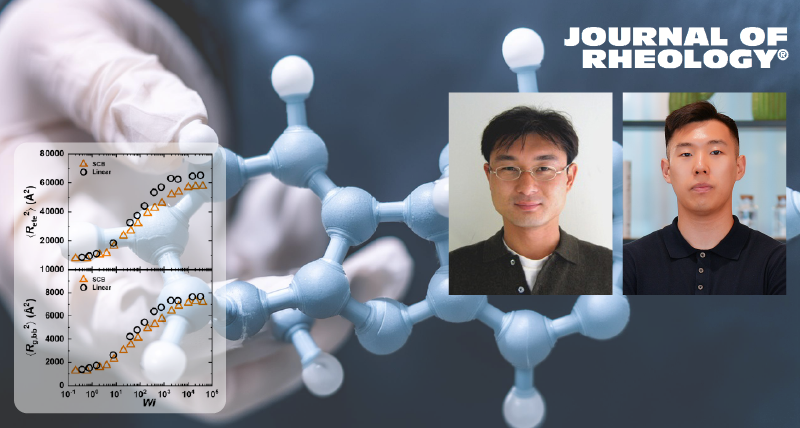A research team, affiliated with UNIST has made a significant breakthrough in understanding the properties of short-chain branched (SCB) polymers. The findings have far-reaching implications for various industrial applications, as SCB polymers can exhibit enhanced performance in packaging materials, electronic devices, automobile parts, and medical devices.
Led by Professor Chunggi Baig, the research team conducted a thorough analysis of the entanglement and behavior of SCB polymers at the molecular level using theoretical analysis and computer simulations. The results revealed that SCB polymers possess unique characteristics distinct from linear polymers, which can be leveraged to create materials with improved mechanical properties.
One key feature of SCB polymers is their dense chain structure, which exhibits greater dynamic resistance than linear polymers. This is due to the increased chain stiffness caused by the torsional restriction of backbone atoms around branch points, as well as the rapid Brownian motion of short branches. The team analyzed molecules with two to six short branches, a previously overlooked area of study that has potential for significant advancements in polymer science.
The researchers likened the SCB polymer structure to entangled yarn, where small strands protrude from larger fibers, giving rise to enhanced strength, elasticity, and resistance. This unique property makes SCB polymers an attractive material for various applications.
According to Donghun Choi, the first author of the study, “Our work provides a new direction for the modeling and the rheological characteristics of SCB polymer systems.” He added that utilizing the distinct characteristics of SCB polymers in industry could lead to cost reductions and increased efficiency.
Professor Baig emphasized that improving polymer material performance can reduce logistics costs and environmental impact. “We can design various types of packaging materials that simultaneously enhance product protection and aesthetic value,” he said.
The findings of this research have been published in the online version of Journal of Rheology, a prestigious journal in the field of polymer rheology, and was selected as a featured article. The study was supported by the Ministry of Trade, Industry, and Energy (MOTIE) of Korea and the UNIST Supercomputing Center.
Journal Reference
Donghun Choe, Seung Heum Jeong, and Chunggi Baig, “Structural, topological, and rheological characteristics of entangled short-chain branched polymer melts under shear flow in comparison with the linear analog featured,” Journal of Rheology, (2024).












